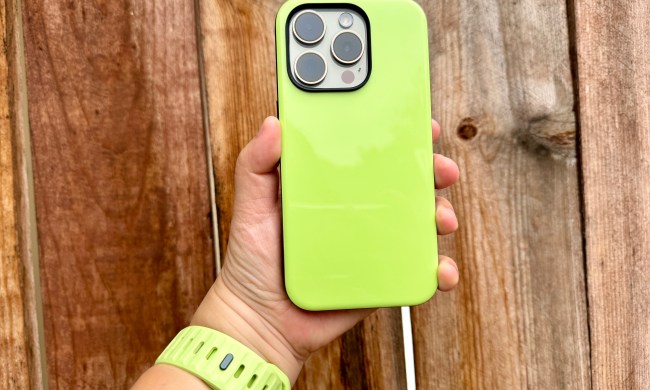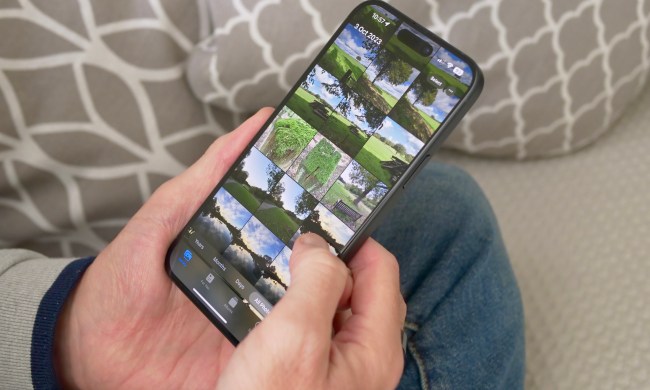Drones may have exploded in popularity over the past few years, but they still face a few barriers to reaching mass appeal — a high price tag and a learning curve can do that. Hagay Klein wants to break those barriers by focusing on a key feature many of us use our smartphones for — the camera.
The Selfly is a foldable drone packed into a phone case. Pop the drone out of the case and let go and it will automatically start hovering. You can then control it like a normal drone via the phone app, but its primary function isn’t to entertain — it’s meant to help you take selfies hands-free from varying angles and heights.
Klein, the founder and CEO of Selfly, and his team launched a Kickstarter campaign to get Selfly off the ground, and they’re looking to raise $125,000.
“We took the high-end stabilizing technology and minimized it into an accessory used everyday by everyone — a cellphone case,” Klein told Digital Trends. “Because our price tag is affordable, it’s available for everyone, everyday, to take pictures from a more exciting angle.”

The drone acts as a remote 8-megapixel camera that can capture video at 1080 pixels and 30 frames per second. It stays wherever you place it, but you can move it with stick controls on the app. There are other modes the company is planning, like “Fly By Picture Piloting,” which automatically has the drone film by passing in front of you. All images and videos are sent back to your smartphone for processing.
What’s neat is that the case that holds the drone in place can easily be altered to fit various phone sizes. People will still have to request a case for their device, but the company says the drone size will fit phones in the 4- to 6-inch range. Selfly will have dedicated cases for the iPhone 6, 6 Plus, 7 and 7 Plus, Galaxy S6 Edge, S7 and S7 Edge, as well as the Nexus 6.
Klein says the company is looking to enable an open developer platform so anyone can program commands for the Selfly. Some other features the company is looking to integrate is facial recognition technology, though that may not come until a later date.
There are some caveats to the Selfly though — namely that it’s a chunky phone case. The company is hoping to make the drone 9mm thin, but that’s still 9mm added to your device. It will fit in your pocket, but it’s still going to make your phone feel bulky.
The Selfly also only has a 640mAh battery, which unfortunately means it can fly for about 5 minutes. For the purpose of taking a few photos in flight, that may be enough — but it’s an incredibly short window. This model also does not feature inductive charging methods, so your phone can’t charge the drone. There’s a separate Micro USB port on the case for that. Klein says he hopes to add a wireless charging system where the phone can charge the drone in the next iteration.
But one of the biggest drawbacks? Selfly is remarkably loud. If you’re alone on the edge of a cliff there won’t be much of an issue, but using this indoors or outdoors with a group of people will certainly be awkward. The same goes for when you’re at a tourist location like the Taj Mahal, for example — you’ll stick out like a sore thumb, and you’ll probably get a few glares.
Despite its drawbacks, Klein says Selfly’s selling point is its price — $100 on Kickstarter, and $140 retail. There are other drones with similar functions, but they’re often pricey. The Hover Camera Passport, for example, is $600.
The Selfly is expected to ship in June, and you can back it now on Kickstarter.


